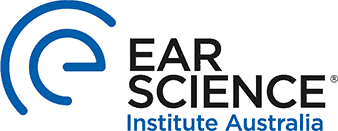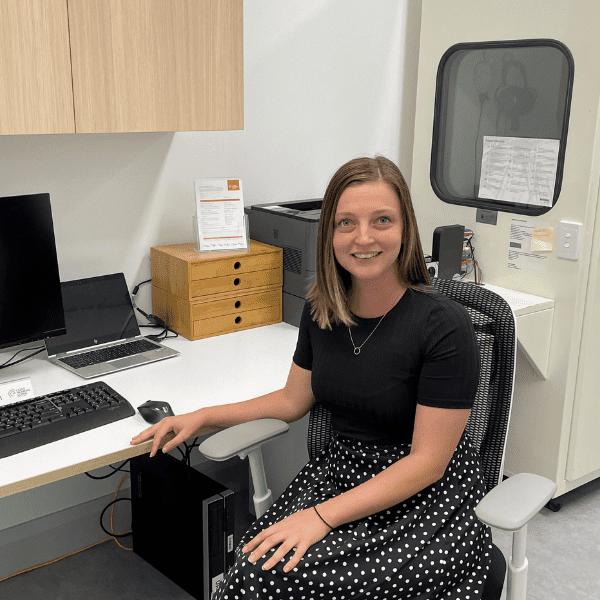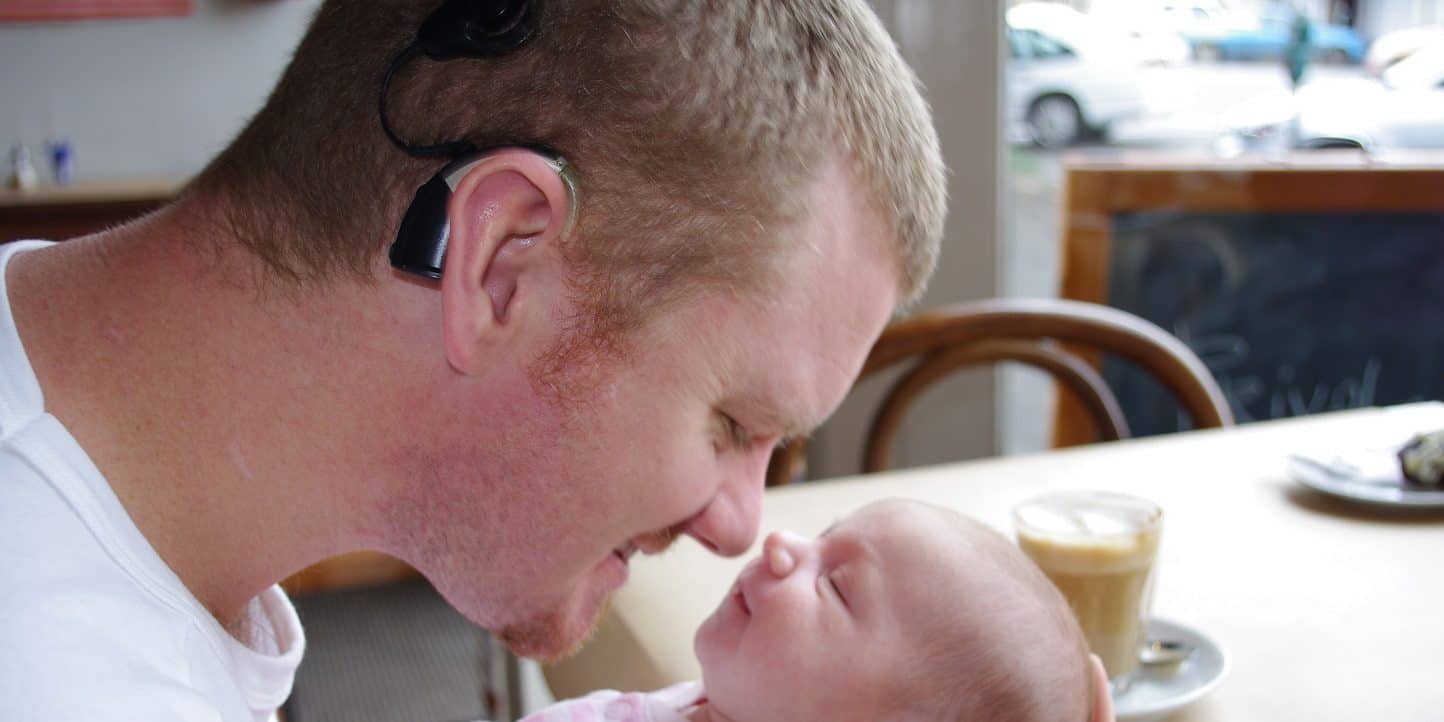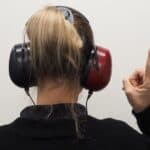Imagine not being able to hear or see properly. You could feel cut off from hearing people and seeing the world; this is real for a small group of Western Australian children because they have a condition called Usher syndrome. If not already born deaf or with partial hearing loss, children with Usher start to lose their hearing and some aspects of their vision from about ten years of age.
There is no treatment for this genetic-related condition other than a cochlear implant to restore hearing. Loss of hearing and vision severely impacts their language and social development, education, and future employment.
Dr Elaine Wong, is a lead scientist at Ear Science Institute Australia, with expertise in stem cell and inner ear gene therapy. Elaine and the Ear Science team were recently awarded a Channel 7 Telethon Trust grant to develop a platform to test new treatments for Usher-related deafness. The hearing loss experienced by these children is caused by the failure of the tiny hair cells in the cochlea. Once lost, these do not regrow.
This problem has puzzled researchers for decades.
Ear Science researchers have been working on a solution to regrow hair cells over the past five years. Their starting point in this ground-breaking work has been using skin cells from people with Usher syndrome. These are forced in the laboratory to change into what scientists call pluripotent stem cells – cells that have the potential to become all types of cells. Then, different techniques transform them into cells with the characteristics of cells we find in the cochlea. These new structures are called inner ear organoids. The secret to generating these organoids is regulating various growth factors and growing conditions, as these cells change states multiple times over a few months.
Dr Wong’s research has led to an international patent and is now at a stage where the process can be repeated on a larger scale. Still, much work must be done to make this a successful and safe treatment. The first step will be to use these organoids as a test platform to screen existing and new drugs that arrest the loss of hair cells. Next, the team will determine the genetic and cellular markers that can be used to identify whether cells are growing. Finally, Dr Wong will test a sample of the drugs developed by others that have shown promising treatments for Usher. This phase will include developing methods by which these drugs can be safely and effectively delivered to the cochlea.
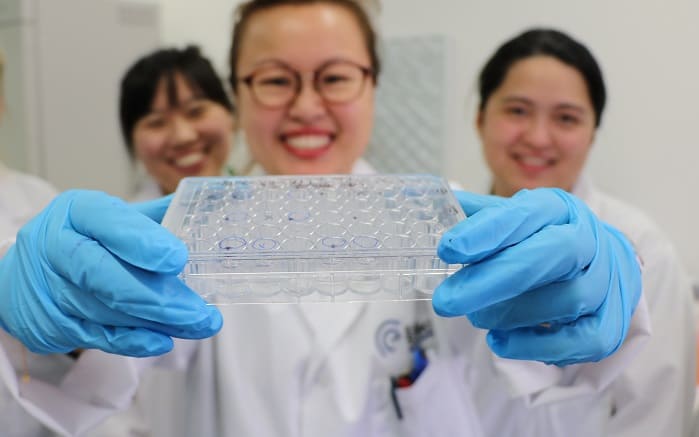
A world first, growing an inner ear organoid from human skill cells.
Dr Wong’s team includes Ear Science’s Founding Director, Professor Marcus Atlas. Elaine and her team are working closely with researchers at the Lions Eye Institute, who are tackling Usher-related vision loss, also with the help of Channel 7 Telethon Trust funding.
